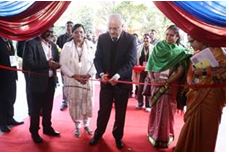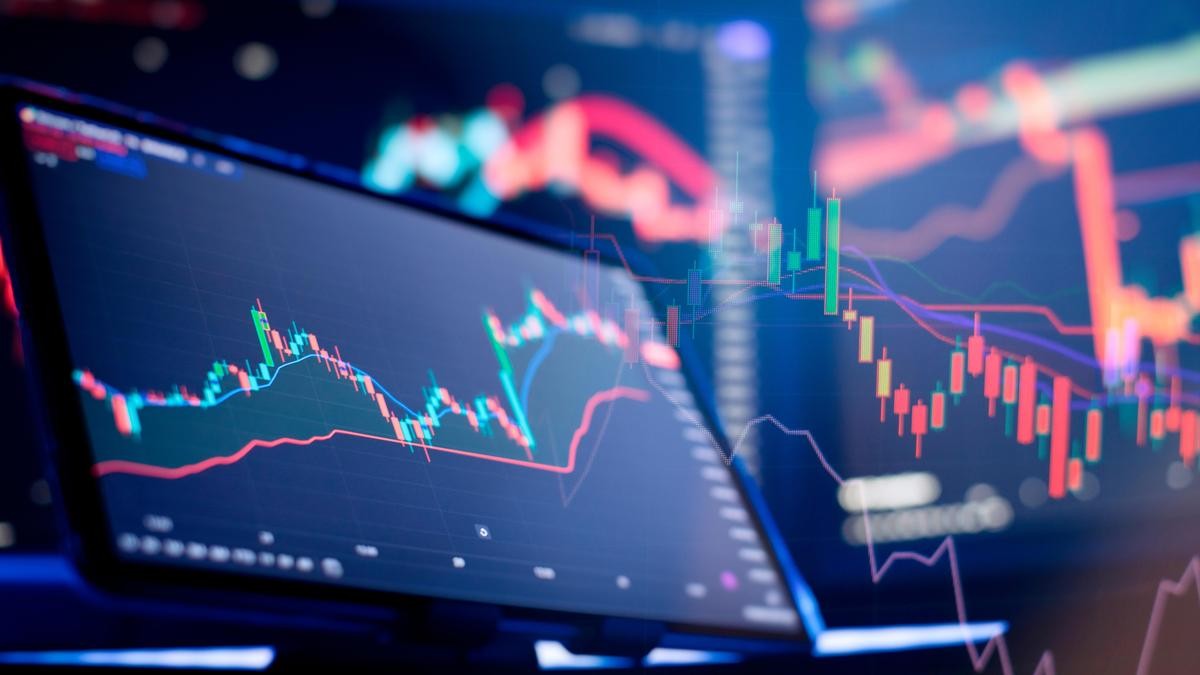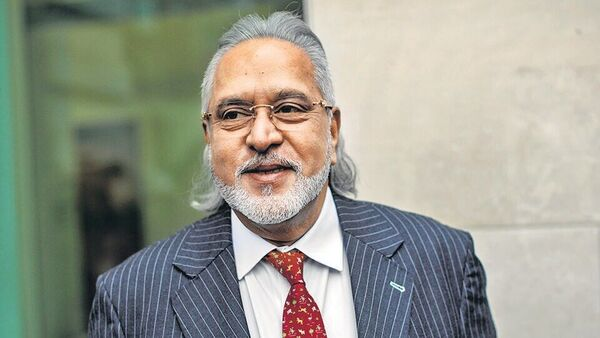




Copyright infringement not intended
Picture Courtesy: THE HINDU
The Kerala State Electricity Board (KSEB) and the Indian Institute of Technology Bombay (IIT Bombay) have initiated a pilot project to explore the implementation of Vehicle-to-Grid (V2G) technology across the State.
V2G technology allows electric vehicles (EVs) to act like mini power stations. Normally, EVs charge their batteries by pulling electricity from the power grid (called Grid-to-Vehicle or G2V). V2G flips this idea: it lets EVs send stored electricity back to the grid when needed.
How it works?
Balances the Grid: Electricity demand spikes in the evenings, but solar energy is only available during the day. V2G lets EVs store daytime solar power and release it during peak hours, reducing blackouts and grid stress.
Boosts Renewable Energy: India aims for 500 GW of renewable energy by 2030. V2G helps by storing excess renewable energy (e.g., when solar panels produce more than needed) and supplying it when renewable sources aren’t generating, like at night or on cloudy days.
Reduces Fossil Fuel Use: By supporting clean energy, V2G cuts reliance on coal-based power plants, helping India meet its net-zero emissions target by 2070.
Saves Money: EV owners can earn money by selling stored electricity back to the grid during high-demand periods when electricity prices are higher. This also lowers the overall cost of running EVs.
Improves Energy Security: India imports over 85% of its crude oil, costing billions. EVs with V2G reduce oil dependency and use locally generated renewable energy, strengthening energy security.
Supports Rural Areas: In remote areas with unreliable grids, EVs can act as emergency power sources during outages or disasters, enhancing resilience.
V2G GloballyEurope and the U.S.: Countries like the UK, Netherlands, and California run successful V2G pilot projects. EV owners get paid to supply power during peak demand, stabilizing the grid. For example, in California, EVs help manage fluctuations in solar and wind energy, to ensure a steady power supply. Emergency Power: In disaster-prone areas like California, V2G-equipped EVs provide backup power during wildfires or storms. Standards and Regulations: Global efforts focus on creating rules for bidirectional charging and ensuring V2G systems work smoothly with different EVs and grids. |
India has only about 1,800 charging stations, mostly in cities, and few support bi-directional charging. Building V2G-compatible chargers is expensive.
The Indian electricity market lacks clear rules for EVs to supply power back to the grid.
Some are concerned that V2G could wear out EV batteries faster. However, studies show careful charging-discharging cycles can minimize degradation.
Many EV owners don’t understand V2G or fear it’s inconvenient.
India depends heavily on imported lithium-ion batteries (77% from China), which limits domestic V2G scalability.
India’s grid struggles with transmission losses and theft. Integrating V2G requires smarter, more reliable grids.
Recent Developments
|
Encourage Smart Charging: DISCOMs can offer Time of Use (ToU) rates, charging less for electricity during off-peak hours (e.g., midday when solar power is abundant) and more during peak hours (evenings). This motivates EV owners to charge when the grid has surplus energy.
Promote V2G During Peak Demand: DISCOMs can pay EV owners to send power back to the grid during high-demand periods, reducing the need for expensive coal plants. This also helps avoid blackouts.
Use EVs for Solar Storage: India has a successful rooftop solar sector. DISCOMs can encourage EV owners to charge during the day with solar power and use V2G to supply that energy at night, maximizing renewable energy use.
Build V2G Infrastructure: Investing in bi-directional chargers and smart grids is key. The Ministry of Power mandates one charging station every 3 km in cities and 25 km on highways, which can be upgraded for V2G.
Offer Incentives: Attractive payments for V2G participants can convince more EV owners to join. For example, DISCOMs could offer credits on electricity bills for supplying power during peak hours.
Raise Awareness: Many Indians don’t know about V2G. DISCOMs can run campaigns to educate EV owners about its benefits, like earning money and helping the environment.
Collaborate with Experts: Partnering with institutions like IITs or companies like Tata Power can help DISCOMs test and scale V2G, as seen in Kerala’s project.
Must Read Articles:
NEW BREAKTHROUGH BATTERY MATERIAL FOR EVs
Source:







© 2025 iasgyan. All right reserved